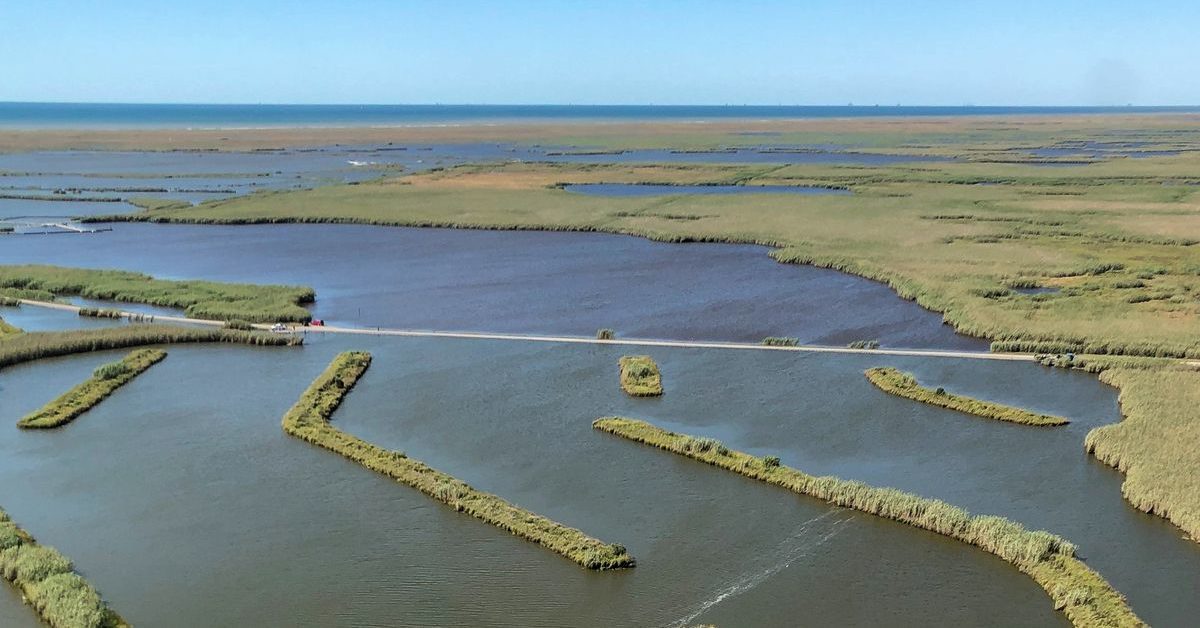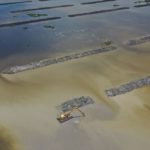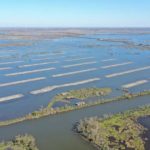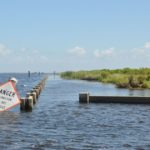In 2019, the value of the United States’ mitigation banking industry crossed the $300 billion mark in approved, land-based ecological assets. These ecological assets are available for purchase as compensatory mitigation credits.
The growth in the value and number of assets is attributed to the rapid growth of mitigation banking as a means of offsetting adverse environmental impacts resulting from infrastructure operation, as well as commercial and industrial development.
A subset of mitigation banking is wetland mitigation banking. Wetland mitigation banking refers to the preservation, enhancement, restoration, or creation (PERC) of wetlands in order to offset or compensate for adverse impacts to nearby wetlands. The ultimate goal of wetland mitigation banking is zero net loss of wetland ecosystems to the environment, as damaged or destroyed wetlands are effectively replaced with new ones.
If you’re interested in purchasing wetland mitigation credits for your commercial or industrial development project and want more information on how much wetland mitigation credits cost, then read on.
How Much Does Wetland Mitigation Cost Per Acre?
Even though wetland mitigation credits are sold on a per acre basis, the value of each credit varies from state to state. Keep in mind that factors such as wetland function, impact activity, and credit type will all determine the price of each credit.
Different states and districts also use different methods to determine the level of mitigation needed to compensate for the wetland loss. Oregon and Minnesota, for example, take wetland functions and value assessments into consideration when calculating the cost of wetland mitigation credits.
When calculating the value of each wetland mitigation credit, you need to remember that an acre does not equal a credit. Instead, the value of each credit will be partially determined by the quality of the wetland (which ranges from 0 to 1). To illustrate, a low-quality wetland might have a quality rating of 0.3, and an average-quality wetland might have a quality rating of 0.6.
So if one credit costs approximately $100,000, a low-quality wetland will cost $30,000 per credit/acre, and an average-quality wetland will cost $60,000 per credit/acre.
If you need help in determining the cost per acre for the wetland you’re planning to impact, contact a reputable environmental consultancy to perform a wetland delineation.
How Much Do Wetland Mitigation Credits Cost?
As already mentioned, the value of each wetland mitigation credit varies from state to state and is determined by numerous factors—including the quality of the wetland you’re planning to impact, the overall market demand, the wetland’s function, your impact activity, and the credit type.
In Iowa, the average forested wetland credit could cost between $65,000 to $95,000, while the average emergent wetland credit could cost between $35,000 to $65,000.
In Texas, the average price for wetland credits ranges from $12,500 to $22,500.
In South Carolina, wetland mitigation credits generally cost between $2,500 to $10,000, with developers in SC known for negotiating their credit prices.
In Louisiana, the average price of wetland mitigation credits ranges from $20,000 to $40,000 for non-coastal mitigation credits, and $60,000 to $100,000 for coastal mitigation credits.
Some states, like Washington and Minnesota, have developed standardized fee structures for wetland mitigation banks. You should consult your state or local wetlands board for guidance concerning credit fees.
Commercial developers who want to purchase wetland mitigation credits to offset the impact of their projects should consult the United States Army Corps of Engineers’ (USACE) database. Known as the Regulatory In-Lieu Fee and Bank Information Tracking System (RIBITS), this database provides updated info on mitigation banks and in-lieu fee (ILF) programs across the country.
RIBITS also lets users research mitigation credit availability and information on national and local policies and procedures that impact mitigation banking and ILF program development and operations.
Reputable private companies, like Fenstermaker, can also help you navigate the wetland mitigation credit purchasing process.
What Factors Influence the Cost of Wetland Mitigation Credits?
The number and value of credits earned by a mitigation bank (i.e. the area that has been chosen for preservation, enhancement, restoration, or creation) is ultimately based on the quantity and quality of the resources undergoing PERC.
The credit price can also be influenced by the following four factors: market value, recouping of investment cost, market demand, and the number of credits purchased.
Market value
The mitigation banker may consider the cost of permittee-responsible mitigation and the amount applicants are willing to pay for wetland credits in the area when determining the credit price.
Recouping of investment cost
Since a mitigation bank is a for-profit venture, the mitigation banker may choose to factor into the credit price the amount that was spent to establish the bank. The mitigation banker may also choose to factor into the credit price the expense of managing and maintaining the bank site.
Market demand
The price of a wetland mitigation credit may also be influenced by the level of competition and market demand in the area. The price of wetland mitigation credits would be higher in areas where other wetland mitigation banks and ILF programs are operating. Areas with a strong demand for mitigation banking would also have higher credit prices.
Number of credits purchased
Since the seller determines the asking price for each wetland mitigation credit, the final price of each credit will be influenced by the total number of credits purchased by the buyer. The final price for the purchased credits will be negotiated between the buyer and the seller.





